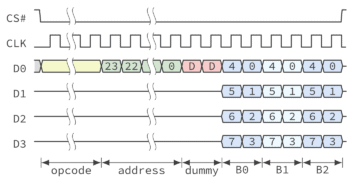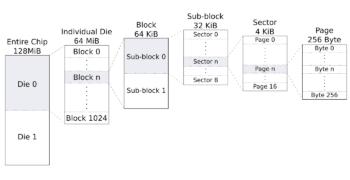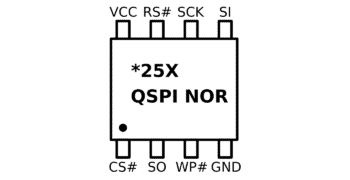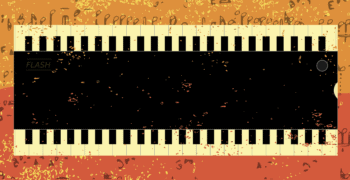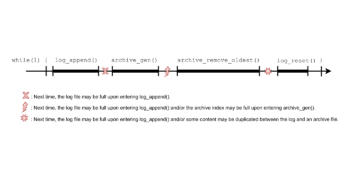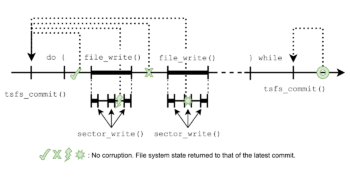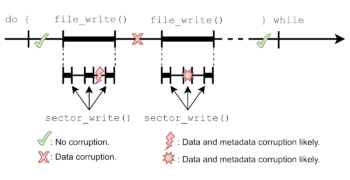QSPI NOR Flash Part 3 — The Quad SPI Protocol
Over the course of this article, we’ll go through the variations of the protocol used by QSPI NOR Flash devices. We’ll start simple, with the basic SPI protocol then move through the variations to reach some of the more complicated QIO, QPI and DDR variations.
